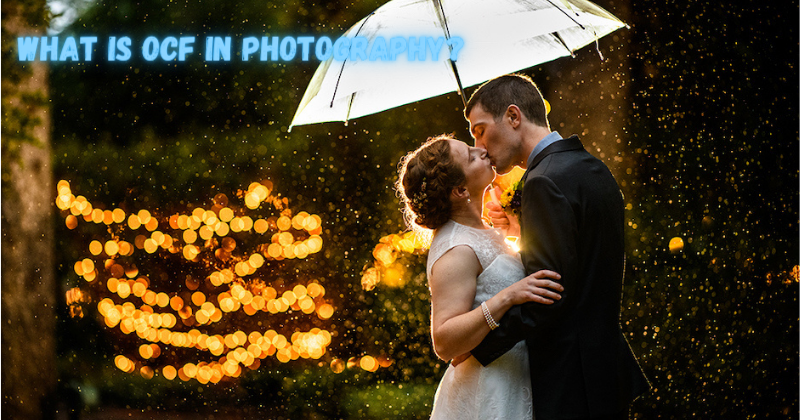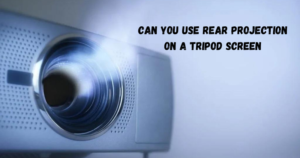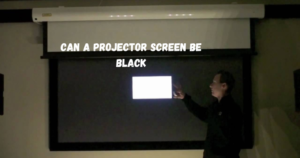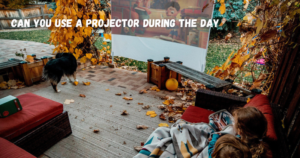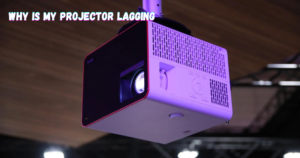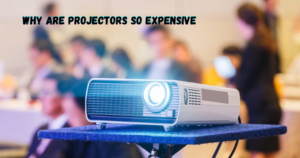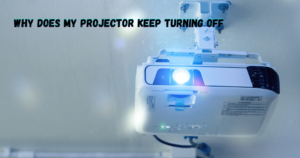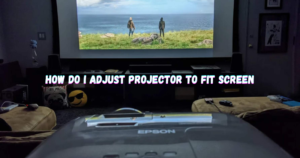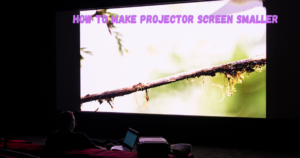OCF stands for “Off-Camera Flash,” and it refers to the technique of using a flash unit that is not attached to the camera but rather positioned separately from it. This allows photographers to have more control over the lighting in their photos and create more dynamic and creative images. In this blog, we will discuss the basics of OCF in photography and how it can elevate your photos to the next level.
OCF can be used in various types of photography, from portrait and wedding photography to travel and landscape photography. It is a versatile tool that can be used both indoors and outdoors, making it an essential skill for photographers to master.
What is OCF?
Off-camera flash is the practice of using a separate flash unit, either handheld or mounted on a stand, that is triggered remotely to illuminate the subject.
This technique allows photographers to control the direction, intensity, and quality of light in their photos. By positioning the flash at different angles, photographers can create shadows, add depth and dimension to their images, and eliminate harsh lighting.
How To Use OCF in Photography
Using OCF is a skill that requires practice and experimentation to master. Here are some tips to get you started:
- Position the flash at a 45-degree angle from the subject for flattering lighting. This creates more of a contrast between the ambient light and the OCF setup
- Use a light stand to elevate the flash and avoid harsh shadows on the subject’s face.
- Adjust the flash exposure according to your desired lighting effect. A higher flash power setting will result in more intense light, while a lower setting will create softer light.
- Combine OCF with natural light to create a more natural-looking image.
- Experiment with different lighting modifiers, such as umbrellas or softboxes, to achieve different lighting effects.
OCF is an essential technique that every natural light photographers should learn. It opens up a whole new world of creative possibilities and allows you to add depth and dimension to your images. With the right equipment and techniques, you can master OCF and take your photography to the next level. The camera settings are everything for subject.
What are the benefits of using OCF?
Using OCF in photography has several benefits, including:
Control over lighting: By using off-camera flash, photographers have full control over the direction, intensity, and quality of light in their photos. This allows them to create more dynamic and visually appealing images. And shutter speed is one of several methods used to control the amount of light.
Elimination of harsh shadows: When using on-camera flash, harsh shadows can often be created behind the subject or on their face. OCF allows photographers to position the flash at an angle that eliminates these shadows and creates a more natural-looking image.
Flexibility: Off-camera flash can be used in various settings, both indoors and outdoors, making it a versatile tool for photographers.
Enhanced creativity: OCF opens up a world of creative possibilities, allowing photographers to experiment with different lighting techniques and create unique images.
Essential Equipment for OCF Photography
To get started with OCF in photography, you will need the following equipment:
A Flash:
A flash unit is the most crucial piece of equipment for OCF photography. It can be a dedicated flash that is compatible with your camera or a third-party flash that connects to your camera via a wireless trigger.
Make sure to invest in a good-quality flash that offers manual control as well as TTL (through-the-lens) metering. For better photos we need to turn on high speed sync on our flashes if that’s available, if we’re using full feature flashes.
A Light Stand:
A light stand is used to hold the flash in place at a distance from the camera.
It can also be used to mount other lighting modifiers, such as softboxes or umbrellas. Light stands come in various sizes and heights, so choose one that suits your shooting style.
Wireless Trigger:
A wireless trigger is used to fire the flash remotely without a physical connection to the camera. It consists of a transmitter that attaches to your camera’s hot shoe and a receiver that connects to the flash. This allows you to position the flash wherever you want without any limitations.
Ni-MH Batteries:
Since OCF involves using a flash unit, it is essential to have a good supply of rechargeable batteries for your flash. Ni-MH (Nickel-metal hydride) batteries are preferred over regular alkaline batteries as they last longer and can be recharged multiple times.
Umbrella Mount/Softbox:
These are light modifiers that can be attached to the flash to soften and diffuse the harsh light. Umbrellas are an inexpensive and portable option, while softboxes provide more control over the direction of light.
Pros And Cons Of Using OCF in Photography
Pros:
- Better control over lighting, resulting in more dynamic and creative images.
- It can be used in various types of photography, both indoors and outdoors.
- Allows for more flattering lighting on the subject’s face.
- Adds dimension to the image by creating shadows and highlights.
Cons:
- Requires additional equipment compared to natural light or on-camera flash photography.
- It can be challenging to master and requires practice.
- It may take more time to set up the equipment and adjust the settings for each shot.
- It can be expensive, depending on the quality of the equipment used.
Overall, the pros of using OCF in photography outweigh the cons, making it a worthwhile technique to learn and incorporate into your photography. With practice and experimentation, you can harness the power of off-camera flash and create stunning images that stand out from the rest.
FAQs
What is the difference between on-camera and off-camera flash?
On-camera flash refers to using the built-in flash on your camera, while off-camera flash involves using a separate flash unit that is positioned away from the camera. Both are important techniques to learn, but off-camera flash offers more control and flexibility in lighting.
What is OCF used for?
OCF is used to add dimension and control over lighting in photos. It is commonly used in portrait, wedding, and commercial photography. Its marvelous tool and great effects on images are surely worth the extra effort.
Do I need a wireless trigger for OCF?
A wireless trigger is only sometimes necessary, as some flash units come with built-in receivers that the camera’s pop-up flash can trigger. However, using a wireless trigger allows for more flexibility and control in positioning the flash.
Can OCF only be used indoors?
No, OCF can be used both indoors and outdoors. It depends on the photographer’s creativity and how they want to use artificial light in their photos. Always choose good photography studios if you need to learn more about lighting. We should make ready our light source for even difficult angles for good pictures.
What are the objectives of OCF?
The main objectives of OCF are to add dimension, create flattering lighting, and control the direction and quality of light in photos. It allows photographers to take more creative and dynamic images compared to natural light or on-camera flash photography.
Conclusion
As we can now see, Camera Flash (OCF) in photography is a key component of creating stunning images. There’s a whole world of creativity that unlocks, allowing photographers to create dynamic and captivating photos.
When used with proper knowledge and technique, OCF helps to give an image the extra pop it needs to stand out from the crowd. Additionally, it is always worth investing in good quality equipment and practicing regularly to master OCF and take your photography to the next level.
Why not try experimenting with OCF yourself? Start simple by playing around with speed lights indoors or even use flash outdoors during sunset; there’s always something new you can learn!
With such a wide range of possibilities available with flash techniques in photography, don’t be afraid to take risks and keep trying new things and get test shot, until you achieve the perfect shot.
